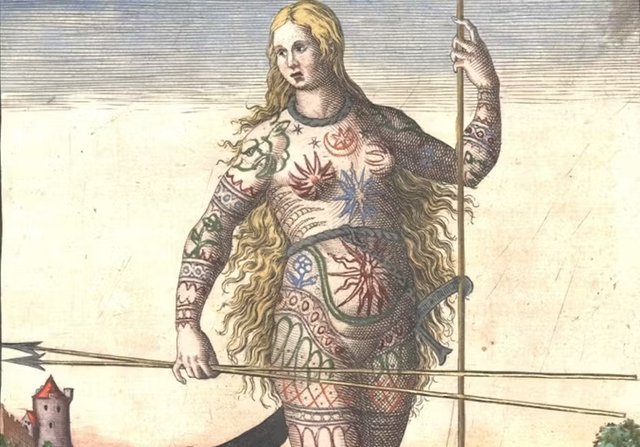The history of tattoos is a rich and fascinating story that spans thousands of years and cultures worldwide. Tattoos have been used for various purposes, including artistic expression, religious or spiritual significance, cultural identity, punishment, and even medical treatment. Here’s a brief overview:
Ancient Beginnings
1. Prehistoric Tattoos:
• The oldest known tattoos were found on Ötzi the Iceman, a 5,300-year-old mummy discovered in the Alps. He had over 60 tattoos, believed to have been made for therapeutic or medicinal purposes.
• Other ancient tattoos have been found on mummies in locations such as Egypt, Siberia, and the Andes, indicating that tattooing was a global practice.
2. Ancient Egypt:
• Tattoos in ancient Egypt were often associated with women. Female mummies were found with tattoos that likely symbolized fertility, protection, or religious devotion.
• Tattoos were also seen as a form of amulet, offering protection against evil or illness.
3. Polynesia:
• Polynesian cultures, such as those in Samoa, Hawaii, and New Zealand, have a rich tattoo tradition.
• Tattoos, like the Māori ta moko, were highly symbolic and represented social status, genealogy, and personal achievements.
4. Asia:
• In Japan, tattooing (irezumi) dates back thousands of years and was historically associated with spirituality and status. However, during certain periods, tattoos were also used to mark criminals.
• In China, tattooing had more negative connotations and was often used as punishment.
Medieval and Early Modern Periods
1. Christianity and Tattoos:
• Early Christian pilgrims often got tattoos to symbolize their faith or as a mark of pilgrimage.
• However, as Christianity spread, tattoos were often condemned, as they were associated with pagan practices.
2. Europe:
• In medieval Europe, tattoos were rare and often associated with criminals or outcasts. Sailors, however, adopted tattoos as souvenirs from their travels, popularizing the practice.
Indigenous and Tribal Practices
1. Native Americans:
• Many Native American tribes practiced tattooing as a rite of passage, spiritual practice, or as a marker of tribe and rank.
2. Africa:
• Scarification and tattooing were used in many African cultures for beautification, initiation, or as a sign of bravery.
Modern Era
1. 19th Century:
• Tattoos became popular among sailors and working-class Europeans and Americans. Tattoos symbolized adventure, superstition, and identity.
• The invention of the electric tattoo machine by Samuel O’Reilly in 1891 revolutionized tattooing, making it more accessible.
2. 20th Century:
• Tattoos became associated with subcultures, including bikers, punks, and rebels.
• During World War II, tattoos gained popularity among soldiers as reminders of loved ones or symbols of unit pride.
3. Contemporary Tattoos:
• Tattoos are now a mainstream art form, embraced across cultures and social classes.
• They are often viewed as personal expressions of identity, commemorations, or purely as artistic works.
Symbolism and Meaning
Across history, tattoos have carried deep meanings, including:
• Religious/spiritual significance (e.g., protective symbols, gods).
• Cultural identity (e.g., tribal affiliations).
• Commemoration (e.g., loved ones, milestones).
• Punishment or stigma (e.g., branding criminals or slaves).
• Aesthetic expression, especially in modern times.
The history of tattoos demonstrates their enduring significance, evolving from ancient rituals to a modern global art form.
